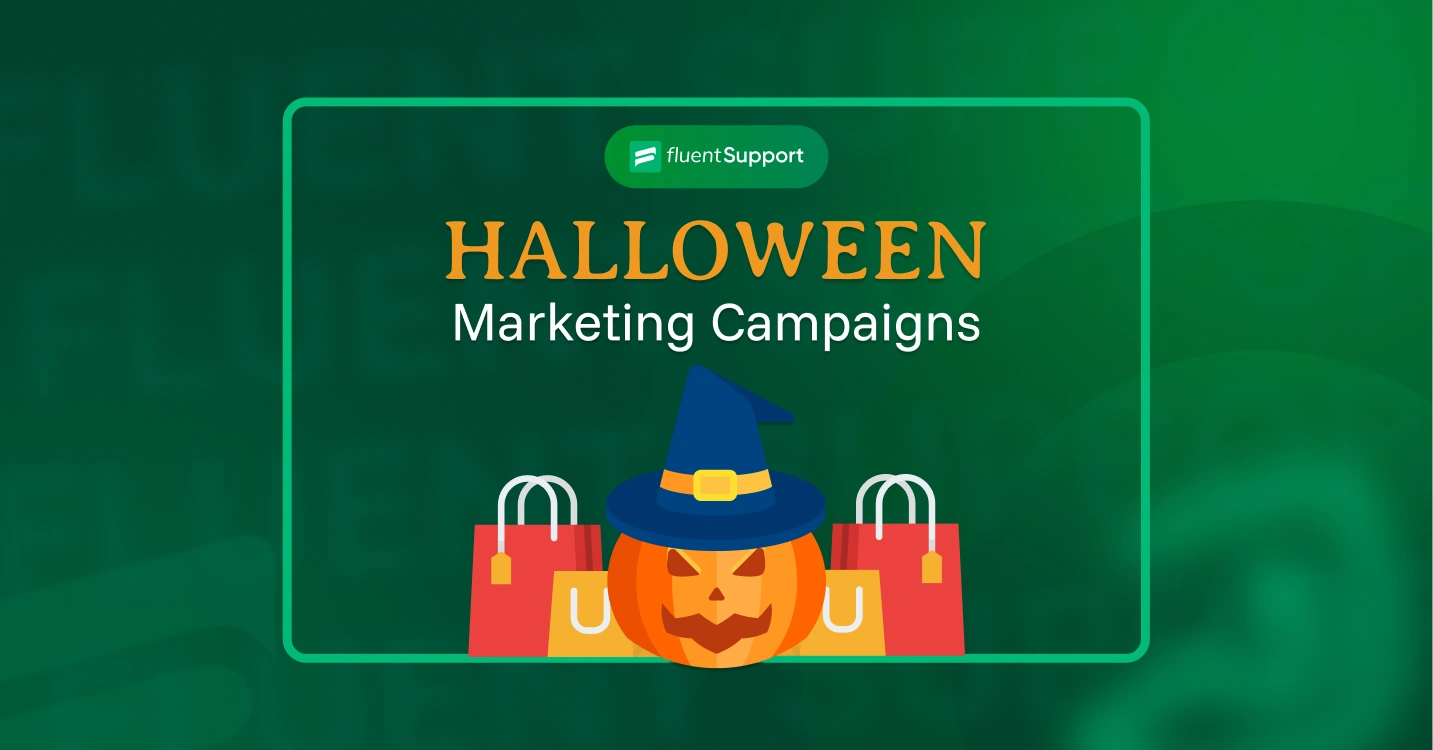
5 Spooky Halloween Marketing Campaigns Ideas for 2025
By Prosanjit Dhar
October 13, 2025
Last Modified: November 5, 2025
It’s October again!
The streets are glowing with orange, inboxes are screaming with pumpkins, and brands are suddenly wearing spooky marketing costumes.
But behind all these glitter hides something powerful.
So today, let’s step inside five Halloween campaigns that turned a simple “boo” into a booming success and learn what your brand can steal from them.
1. Haunted Fanta Factory
Where Horror Meets Experience.
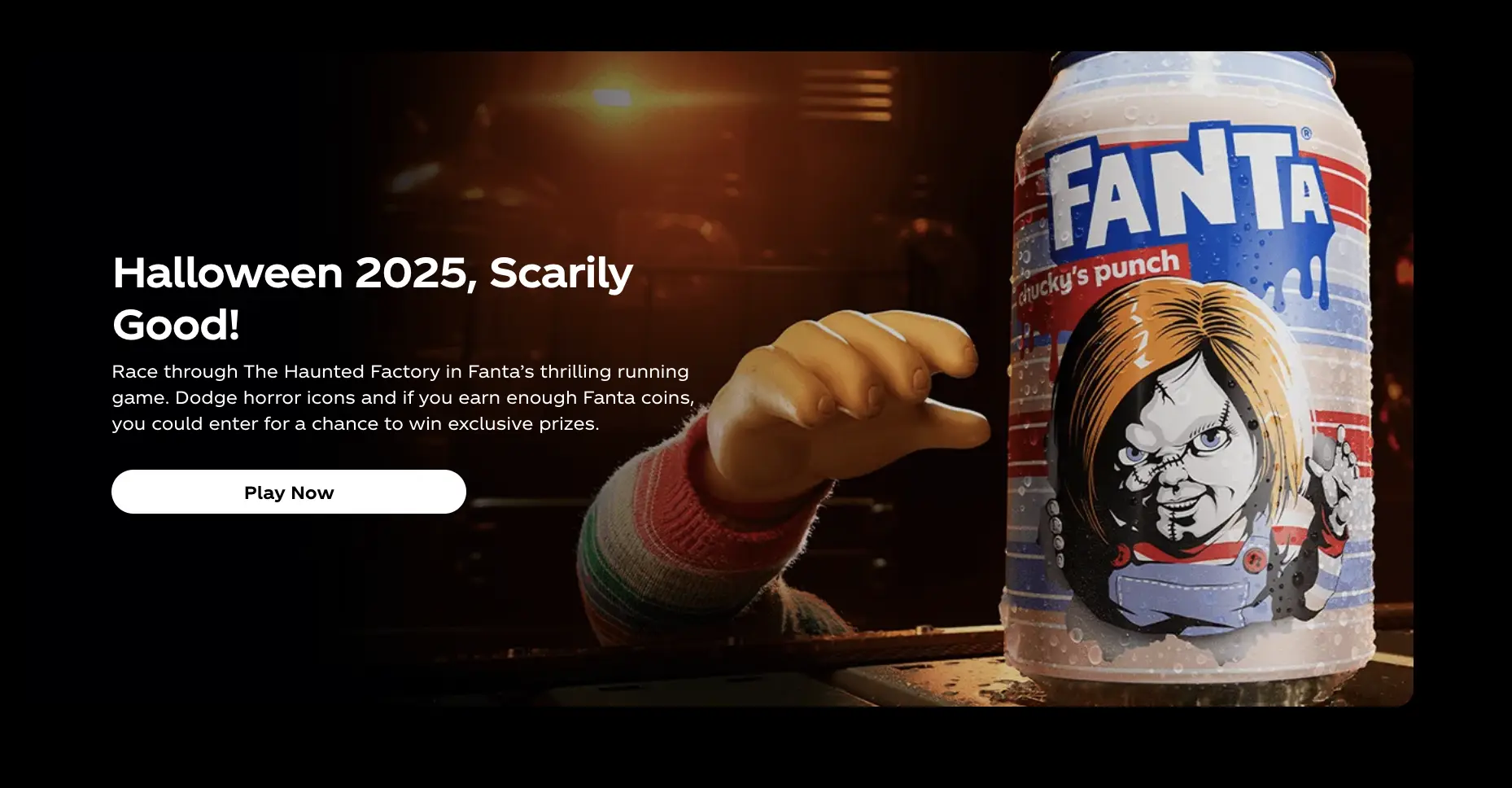
What they did
Fanta teamed up with Universal Pictures and Blumhouse to create The Haunted Fanta Factory. This is a multi-channel horror experience that blurred the line between brand and entertainment.
Here’s what brewed in their cauldron:
- A real-world haunted pop-up in NYC (Oct 29–31) where fans faced horror icons like Chucky, M3GAN, and Michael Myers.
- Limited-edition horror-themed cans that are instantly collectible.
- QR codes that unlocked digital games tied to the haunted story.
Why it turned “Boom”
Fanta unified physical, digital, packaging, and storytelling under one cohesive horror narrative.
The collectible cans created urgency. QR codes connected the offline thrill to online engagement, letting Fanta track behavior and funnel users deeper into the brand world.
It wasn’t just a drink. It was an experience.
Lesson for your Halloween campaign
You don’t need a haunted mansion to pull this off.
- Create a limited-edition Halloween “skin” or theme in your app.
- Use QR codes, hidden banners, or surprise pop-ups to add gamified discovery.
- Track every interaction as these micro-moments can fuel personalization later.
Remember:
Even a small “Halloween mode” can make users feel part of something exclusive.
2. M&M’s Ghost Story Campaign
After Fanta’s haunted house, M&M’s decided to haunt screens instead.
What they did
Mars launched a short video series, “Millie & Max: A Ghost Story,” that unfolded weekly across October. Each episode ended with a choice, and fans voted on what the characters should do next.
Why it worked
- It turned audiences from viewers into participants.
- Voting built emotional ownership that people couldn’t wait to see if their decision won.
- Each week’s suspense fueled return visits, shares, and discussions.
Lesson for your Halloween marketing
Turn your campaign into an interactive journey.
- Let users “vote” for which feature, theme, or reward unlocks next.
- Send episodic updates or cliffhanger emails leading to the final reveal.
- Use the voting data to guide what features you build or promote.
Halloween marketing lesson:
Storytelling + suspense = retention loop.
3. Burger King’s Scary Clown Night
And while M&M’s played with curiosity, Burger King went full mischief.
What they did
They offered free Whoppers to the first 500 people who showed up dressed as clowns which is a direct jab at McDonald’s iconic mascot. The creepy video promo, the hashtag #ScaryClownNight, and the public stunt gave people something to talk (and post) about.
Why it worked
- The “dress up + show up” mechanic sparked shareable UGC.
- Scarcity (“first 500”) built urgency.
- Playful trolling created free PR buzz.
Lesson for your Halloween campaign
You can create your own version of this online:
- Let users customize their profile/dashboard for Halloween and reward the first 100 who do.
- Run a UGC challenge: “Show your spooky workspace” or “Haunt your brand your way.”
- Add a one-night-only surprise (like an app turning dark-mode haunted at midnight).
And, the trick?
Turn engagement into a spectacle.
4. UNICEF’s “Add Some Meaning to Your Halloweening”
Then comes the campaign that made Halloween about heart, not just horror.
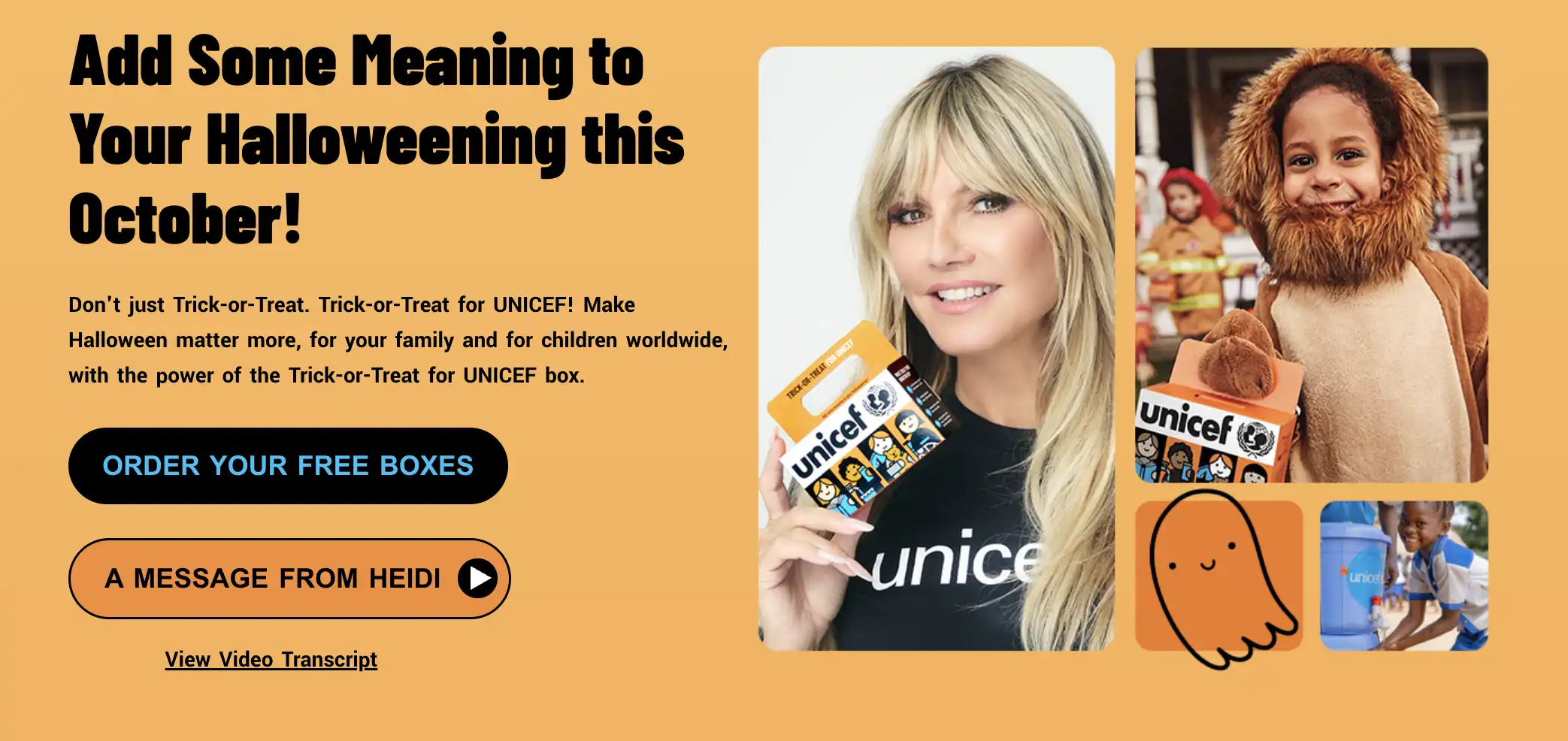
What they did
Since 1950, UNICEF’s orange boxes have symbolized “Trick-or-Treat for UNICEF.” In 2025, they reimagined it digitally. The box became a QR code, a doorway to donation and participation.
Throughout October, people could:
- Donate instantly via QR codes.
- Join social challenges.
- Attend hybrid (online + local) giving events.
- Share cause-driven stories online.
Why it worked
- It bridged nostalgia with modern UX.
- The mobile-first design made donating frictionless.
- Storytelling focused on meaning, not marketing.
Lesson for your campaign
Reimagine legacy rituals with a digital twist.
- Tie upgrades to impact: Every renewal supports a cause.
- Add badges or shareable visuals that display user participation.
- Let your customers feel part of a mission, not just a purchase.
That’s why,
People remember brands that stand for something beyond profit.
5. WPManageNinja — “WordPress Halloween Deals”
WPManageNinja’s WordPress Halloween Deals prove that even B2B campaigns can be thrilling.
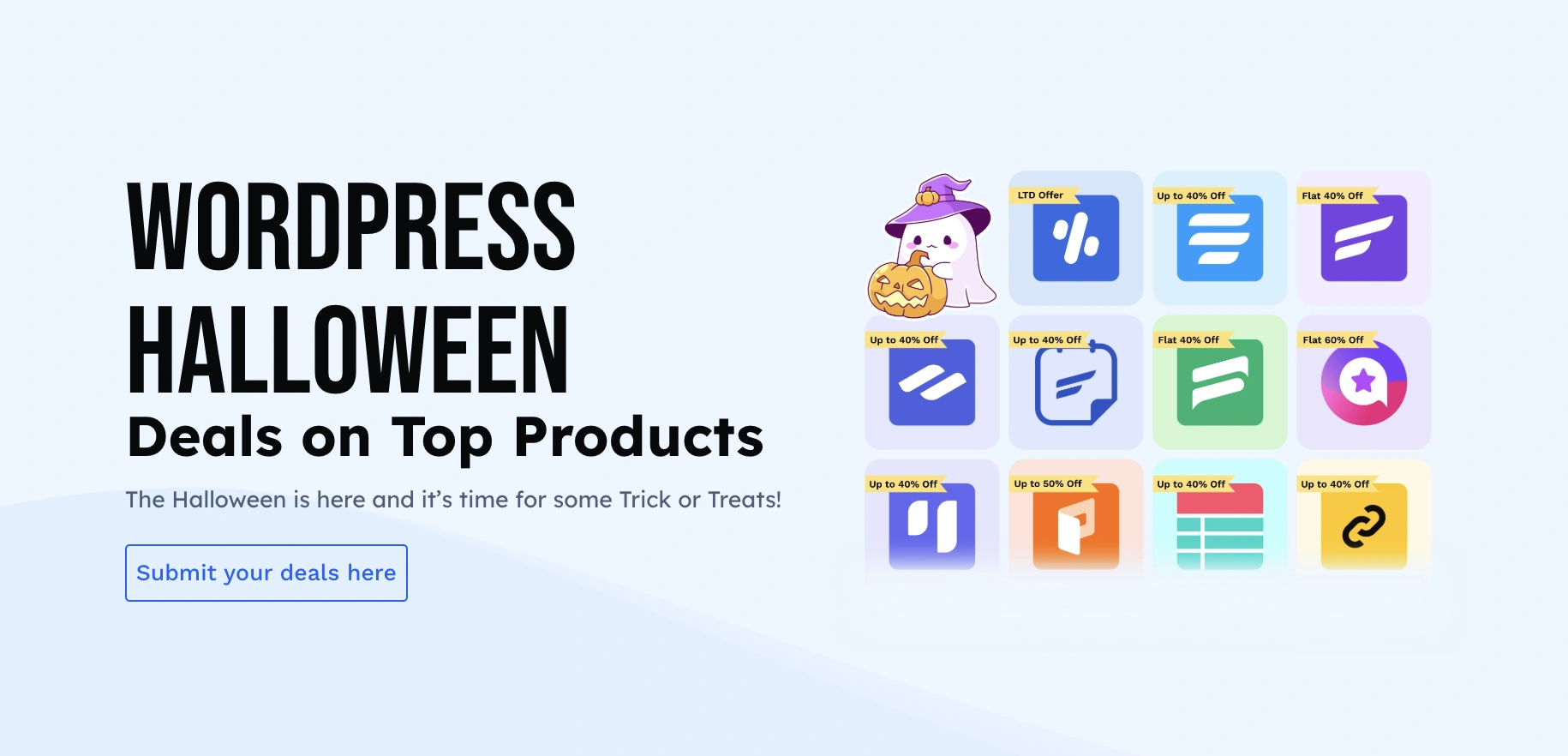
What they Did
Every Halloween, WPManageNinja, the brand behind top WordPress plugins like Fluent Support, Fluent Forms, and many others, runs a cross-brand Halloween campaign under the banner “WordPress Halloween Deals.”
Best Halloween
Deal 2025!
Instead of a single discount push, the campaign connects multiple WordPress products under one theme and offers various discounts across their suite, combined with a themed landing page, timed email series, and partner collaborations.
Why it worked
- Cross-brand synergy: By promoting multiple products under a single campaign, WPManageNinja leveraged brand variety to create value.
- Early launch window: The campaign began in mid-October, ensuring higher discoverability before the Halloween traffic surge.
- Community amplification: Partner listing swaps and roundup inclusions expanded reach to thousands of overlapping audiences.
- Trust-driven conversion: The “Fluent” ecosystem promise (AI, automation, reliability) helped increase conversion among existing customers looking to expand within the brand family.
- FOMO effect: Countdown-based urgency, time-limited deals, and engaging social graphics turned passive browsers into active buyers.
Lesson for SaaS / Plugin businesses
- Don’t isolate your campaigns. Combine products under one experience-driven theme.
- Build a shared “deal hub” that showcases your ecosystem’s value instead of one-off discounts.
- Leverage your partnerships, like list swaps, deal blogs, and newsletters, to amplify exposure more effectively than ad spend.
- Align storytelling and visuals across all platforms (emails, banners, and landing pages) to maintain thematic consistency and brand recall.
How these campaigns map to potential ROI growth
While we don’t always get public numbers, their shared DNA reveals how engagement translates to return:
- More touchpoints → more conversion: Interaction loops increase brand memory.
- Scarcity + exclusivity → urgency: Limited drops turn hesitation into action.
- Cross amplification → free reach: Every channel fuels the next.
- Built-in data capture → smarter retargeting.
- Storytelling → emotional lift: People don’t forget experiences; they return for more.
Even a modest Halloween campaign that doubles baseline engagement can easily drive 100%+ incremental ROI on creative spend.
Your Halloween Campaign Blueprint
Here’s a Halloween marketing blueprint (with timeline) you can adapt:
Late August – Early September
- Craft your haunted narrative: what’s your twist?
- Design themed visuals, icons, or landing pages.
Mid-September
- Start teasing with mystery posts, email hints, countdowns.
- Prepare interactive mechanics (votes, quizzes, easter eggs).
Early October
- Launch!
- Roll out themed deals or UI surprises.
- Run “pick your treat” email/SMS flows.
Oct 25–31 (Peak days)
- Flash offers.
- Push UGC challenges.
- Reallocate ad spend to high performers in real time.
Post-Halloween
- Thanks your participants.
- Offer final bundles or leftovers.
- Publish a short “Behind the Scares” recap to build transparency and community trust.
Don’t just market, but enchant
Halloween campaigns that succeed aren’t the loudest but the most immersive. The goal isn’t to trick your customers into buying, but to treat them with something memorable.
For digital brands, the lack of content is an opportunity:
You can experiment with story, UX, gamification, and emotional design, all dressed in orange and mystery.
So this October, don’t just run a campaign.
Run an experience.
Start off with a powerful ticketing system that delivers smooth collaboration right out of the box.





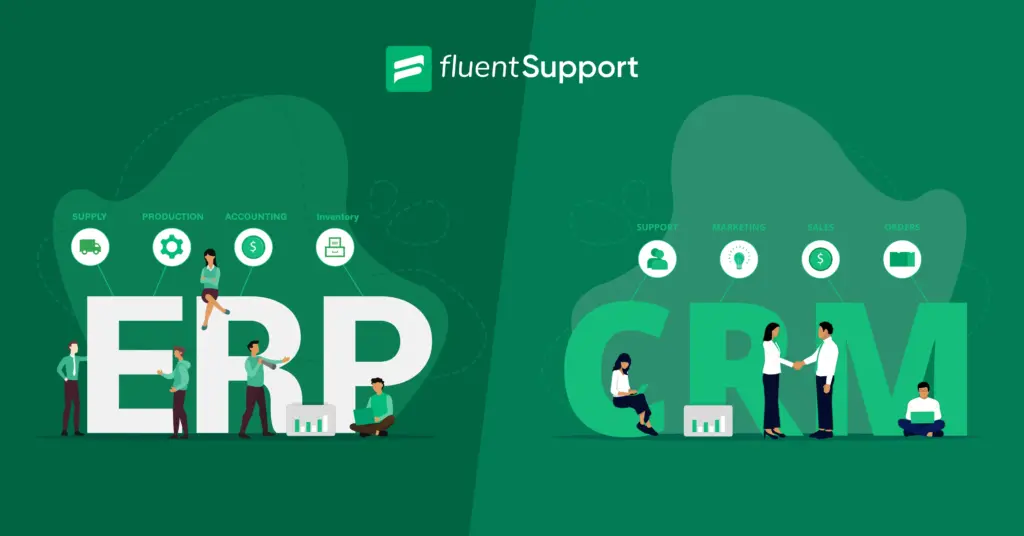
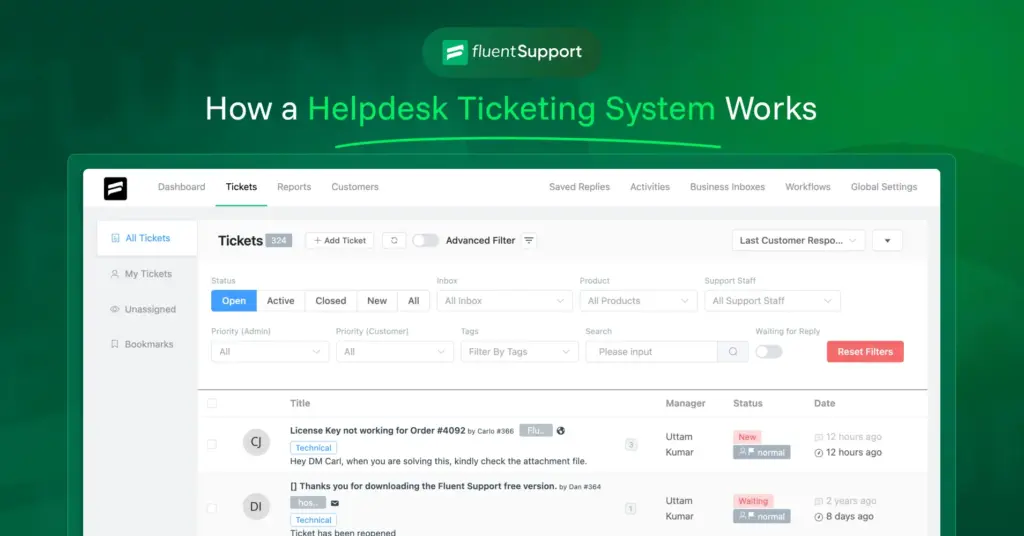
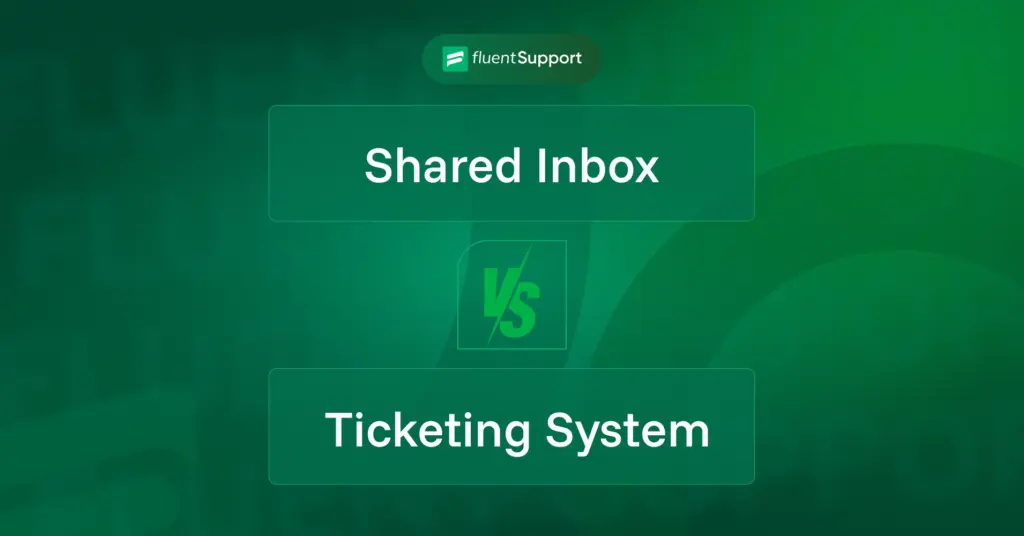
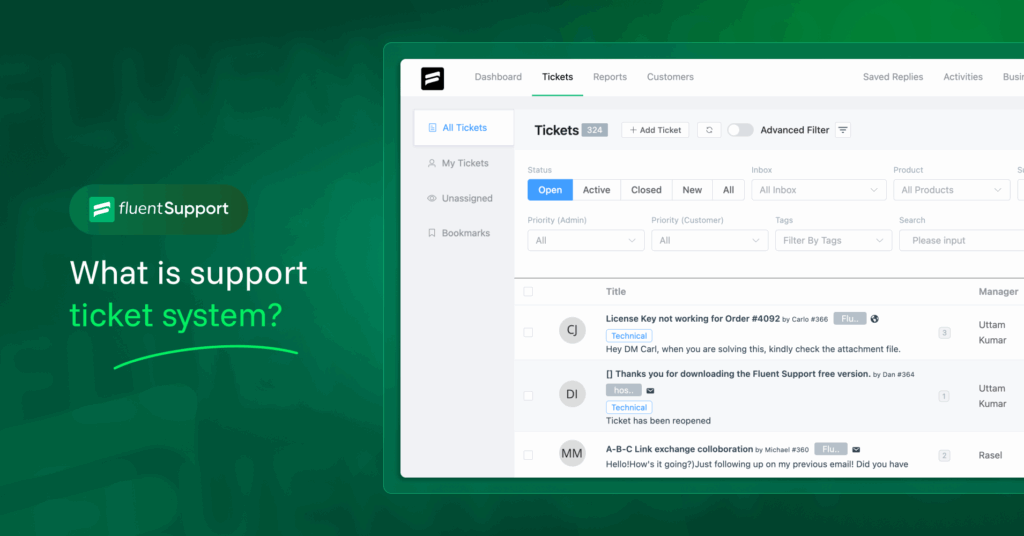
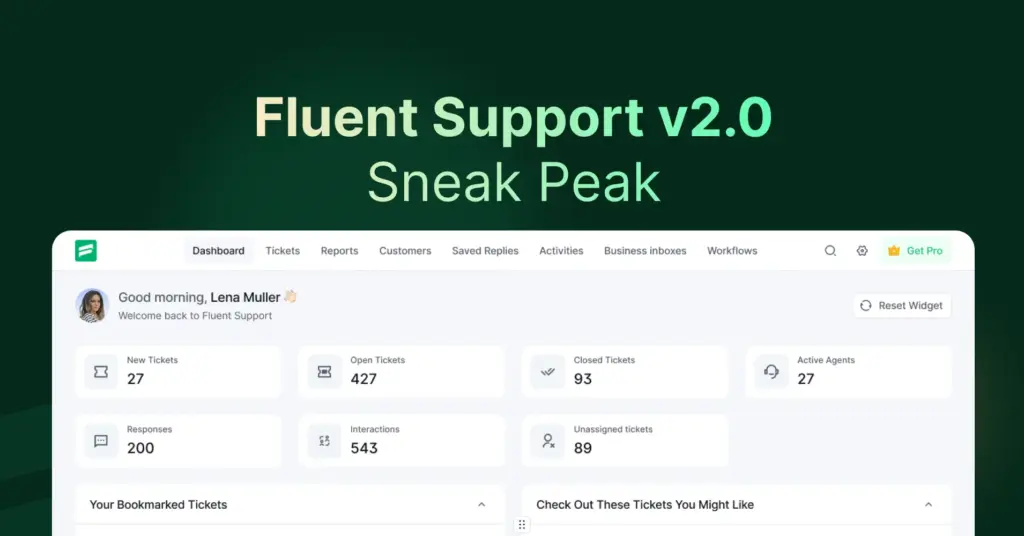
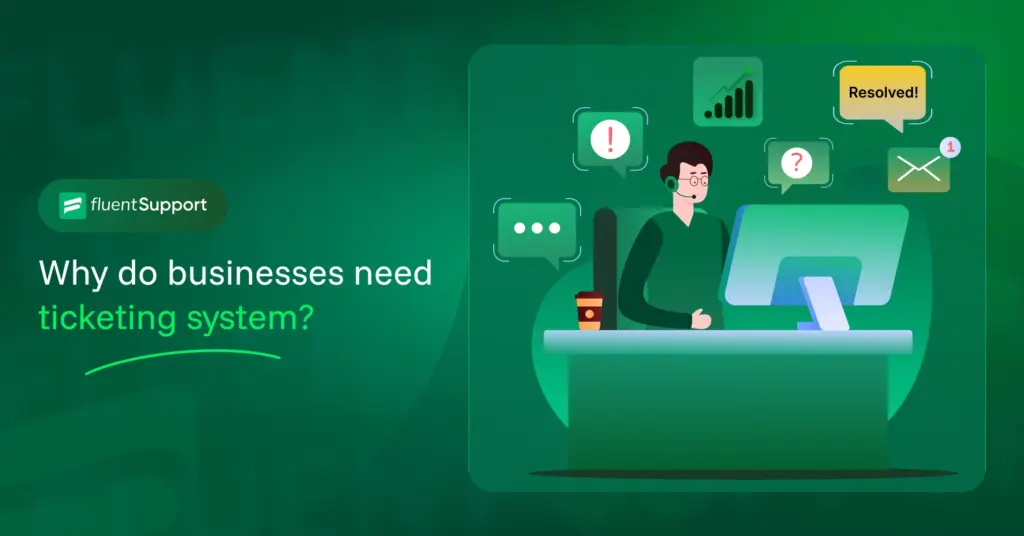

Leave a Reply